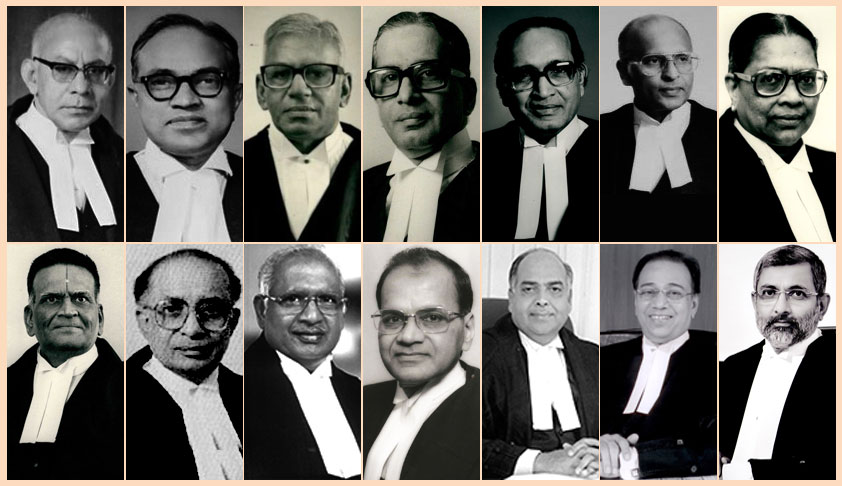Collegium Vs Centre: Facts And Figures Show That Centre's Reasons For Non-elevation Of Justice KM Joseph Are Weak
Gaurav Vivek Bhatnagar
4 May 2018 4:35 PM IST

Next Story
4 May 2018 4:35 PM IST
The collegium on Wednesday deferred a decision on reiterating Justice KM Joseph's nomination and appears to have clubbed his case with additional nominations from the Calcutta, Rajasthan, and Telangana & Andhra Pradesh high courts "in view of the concept of fair representation".The Narendra Modi government’s argument in withholding the elevation Justice K.M. Joseph – currently...
